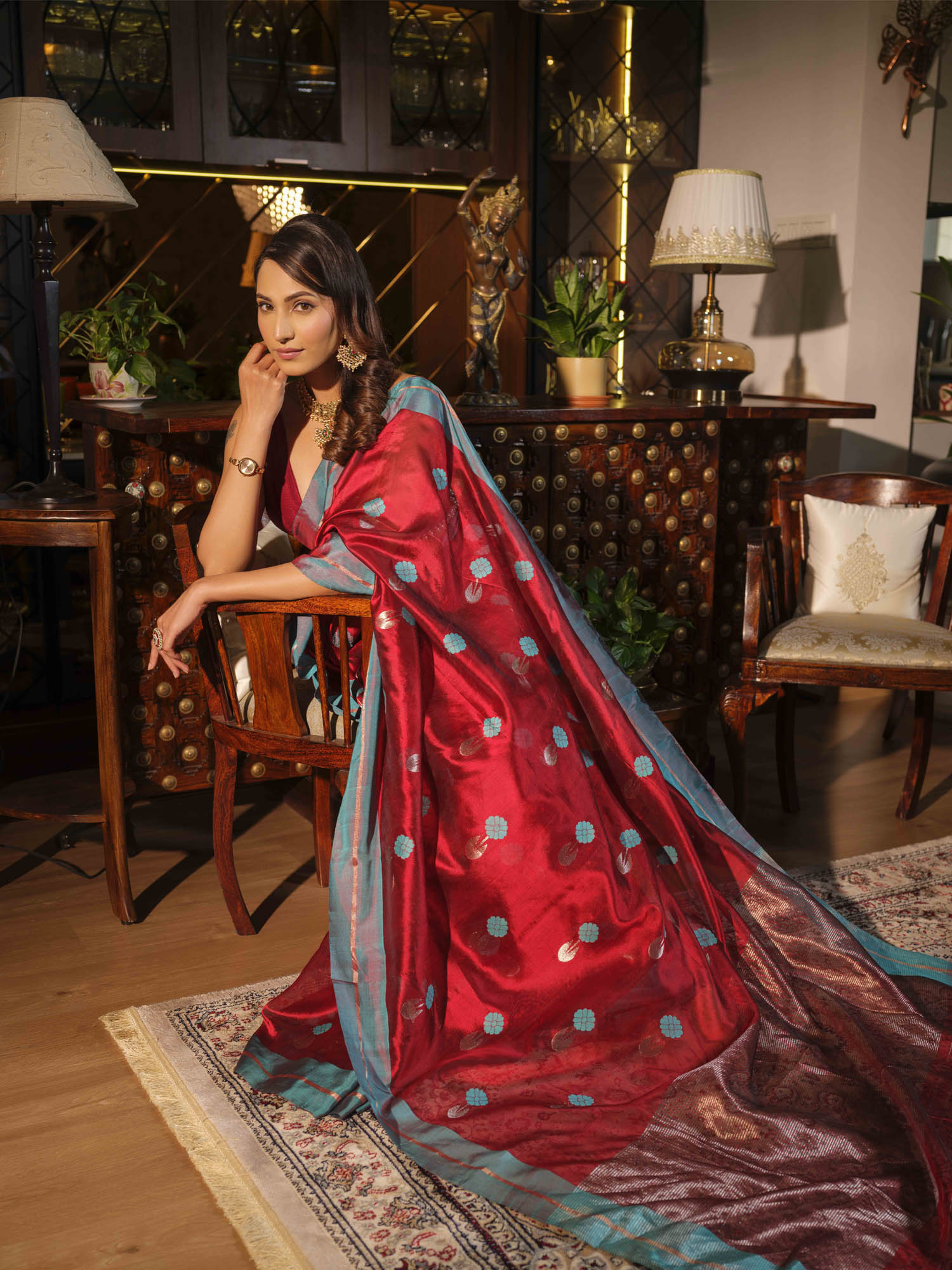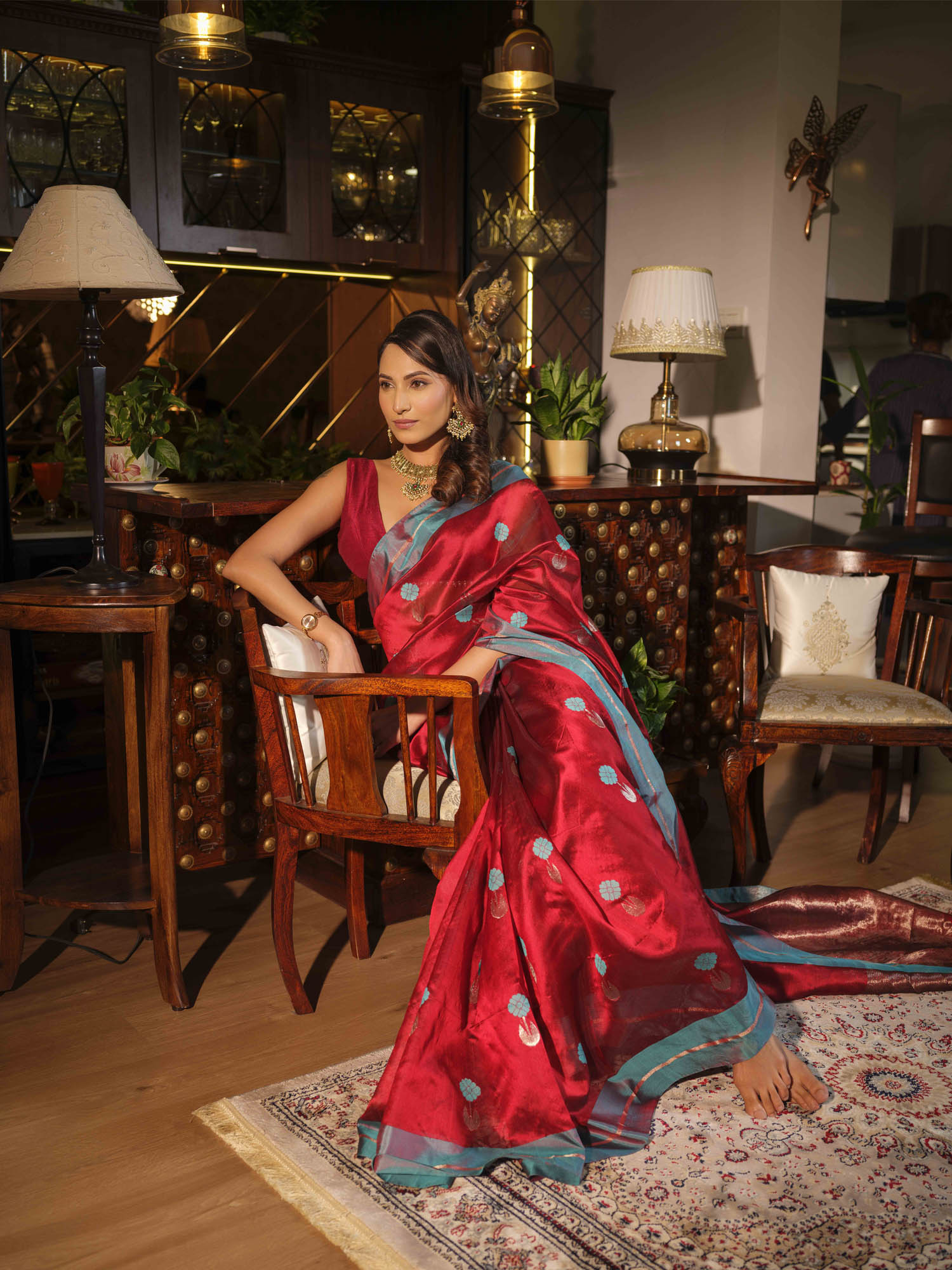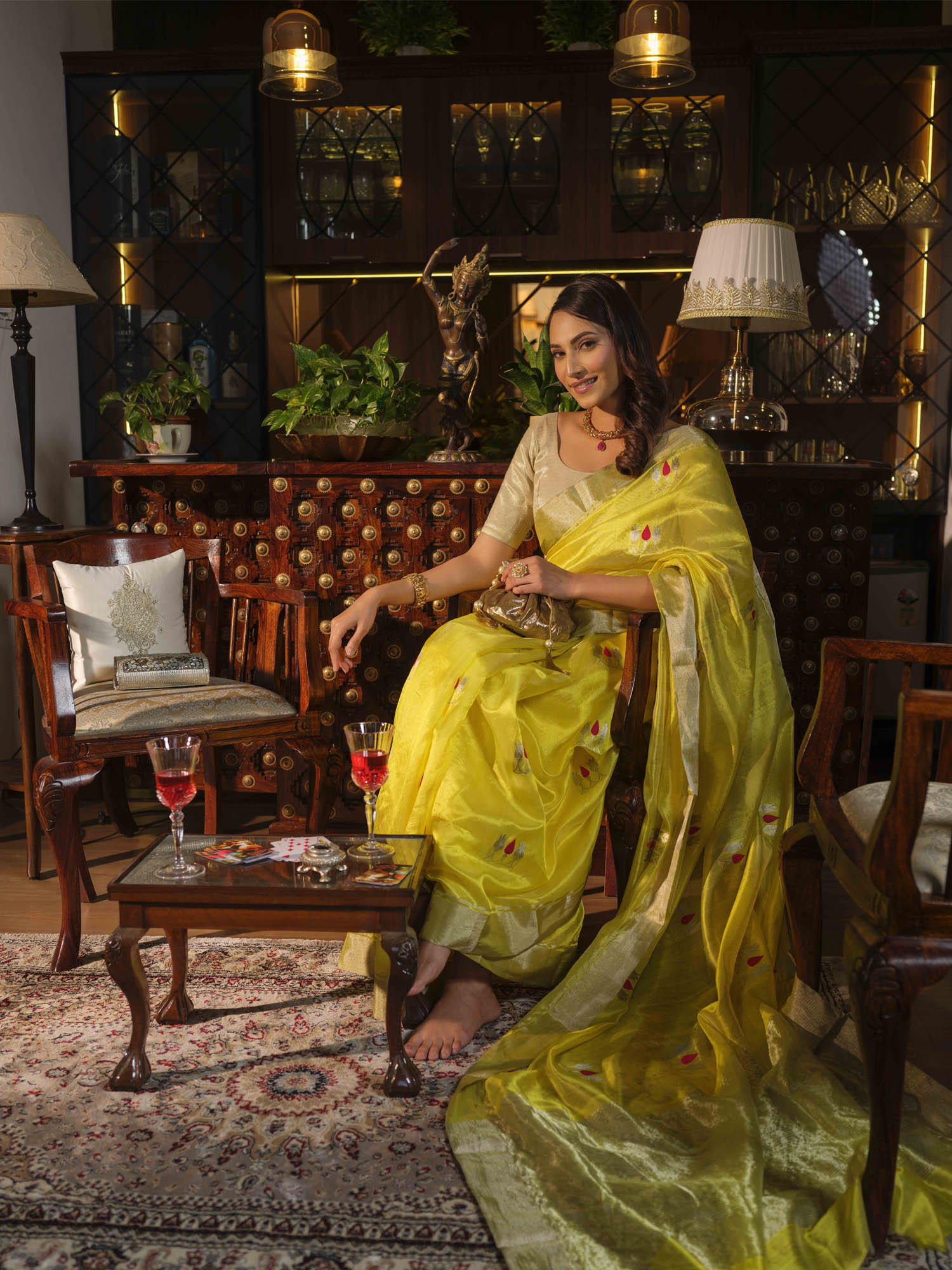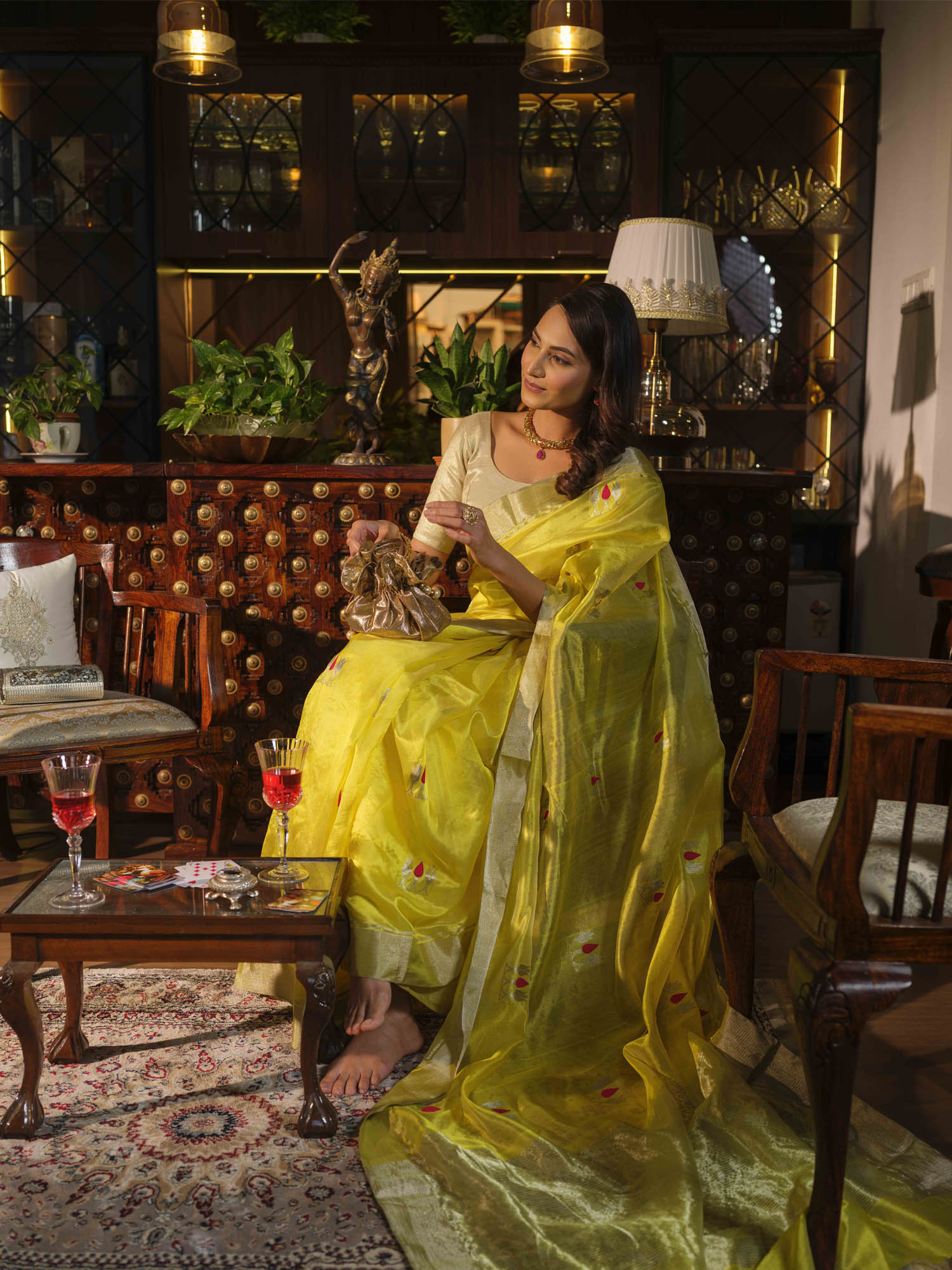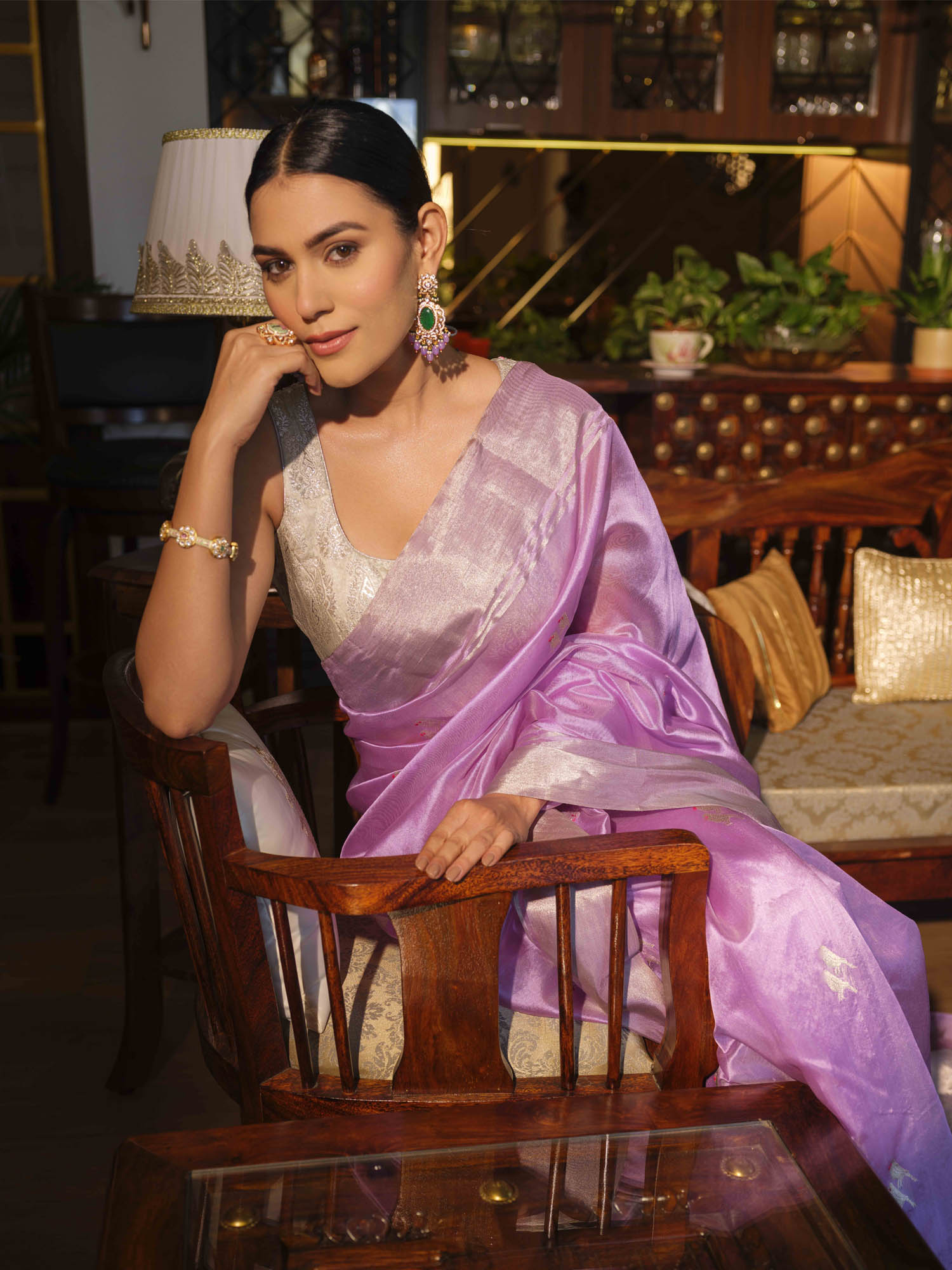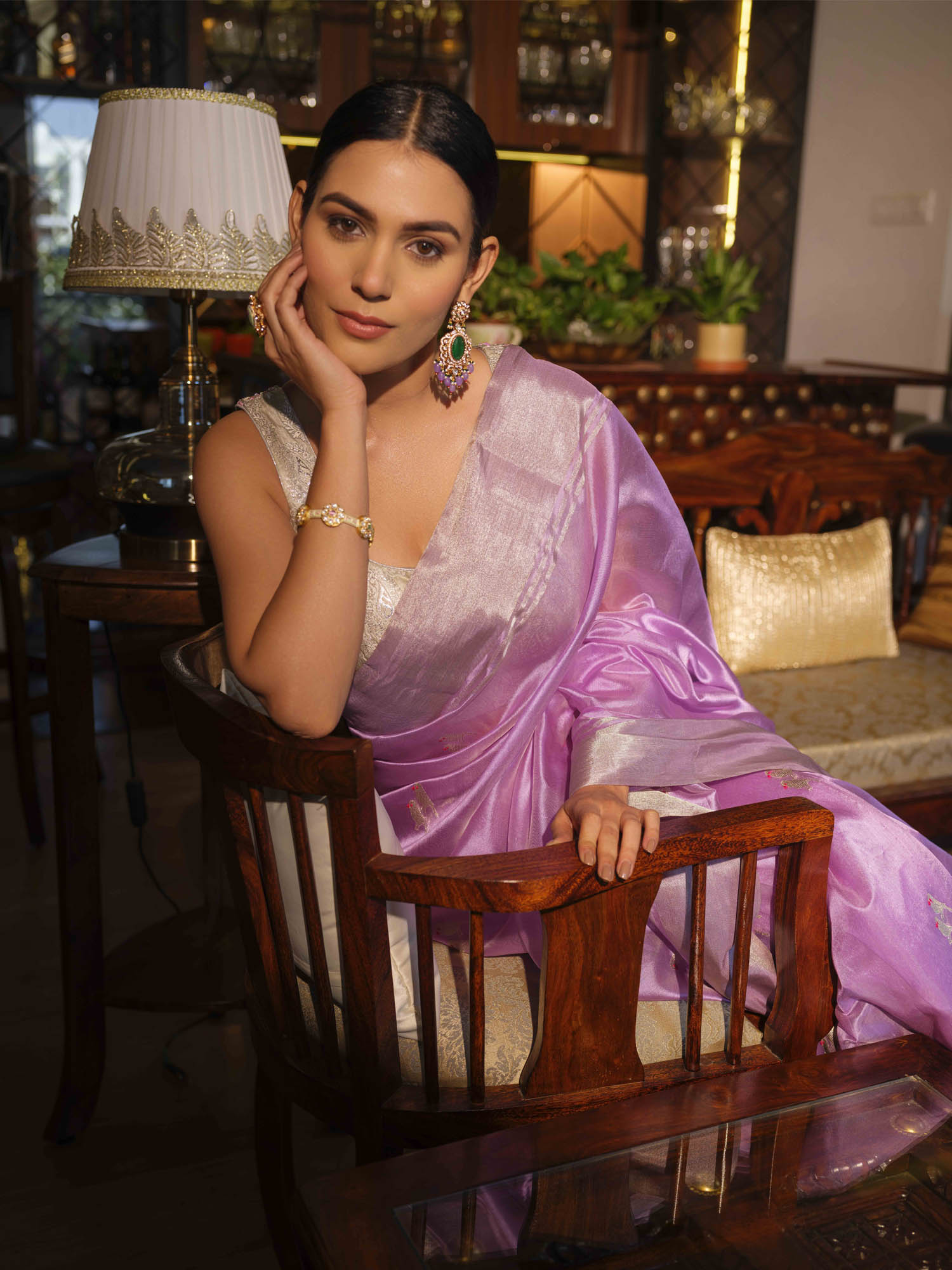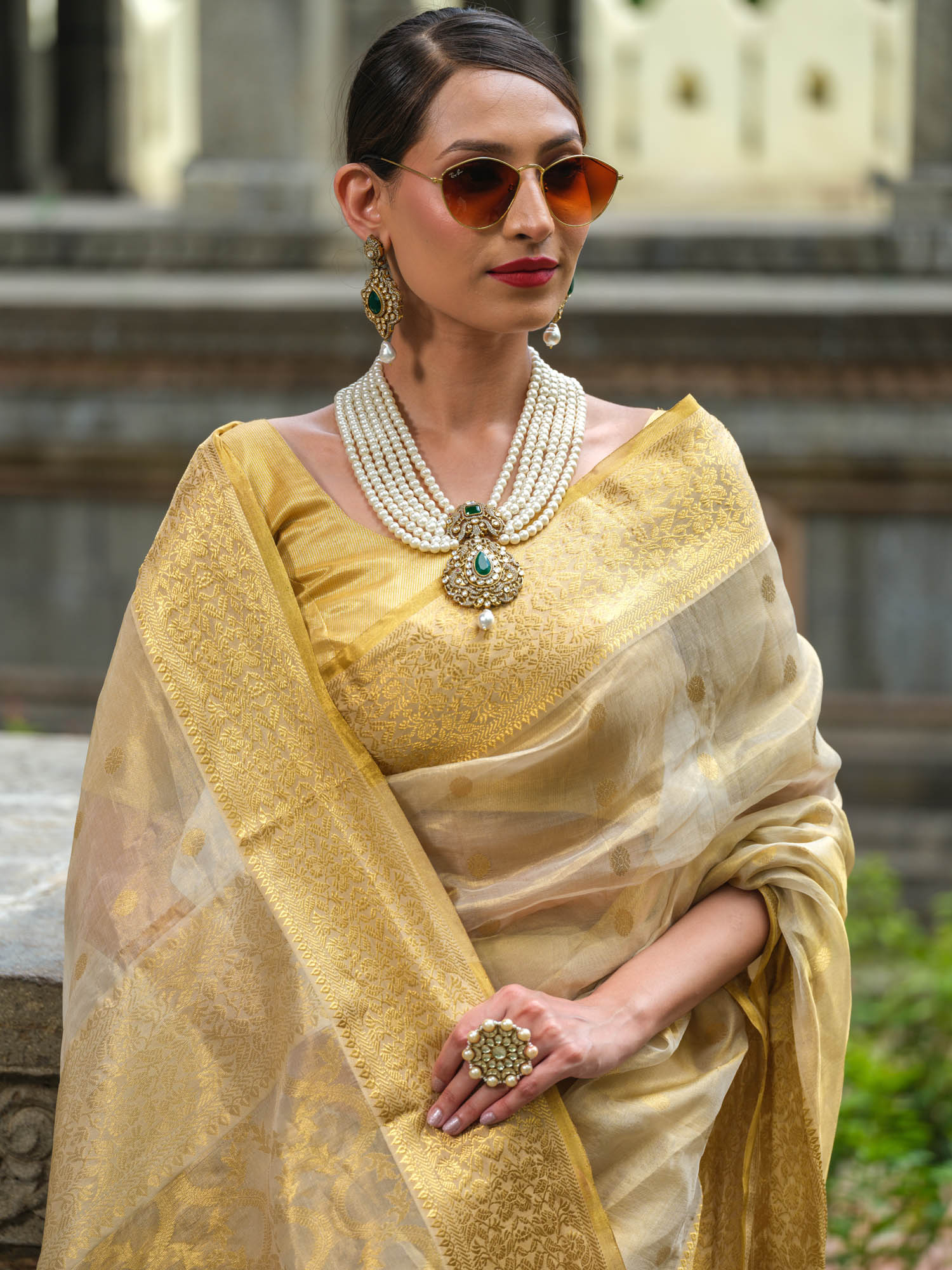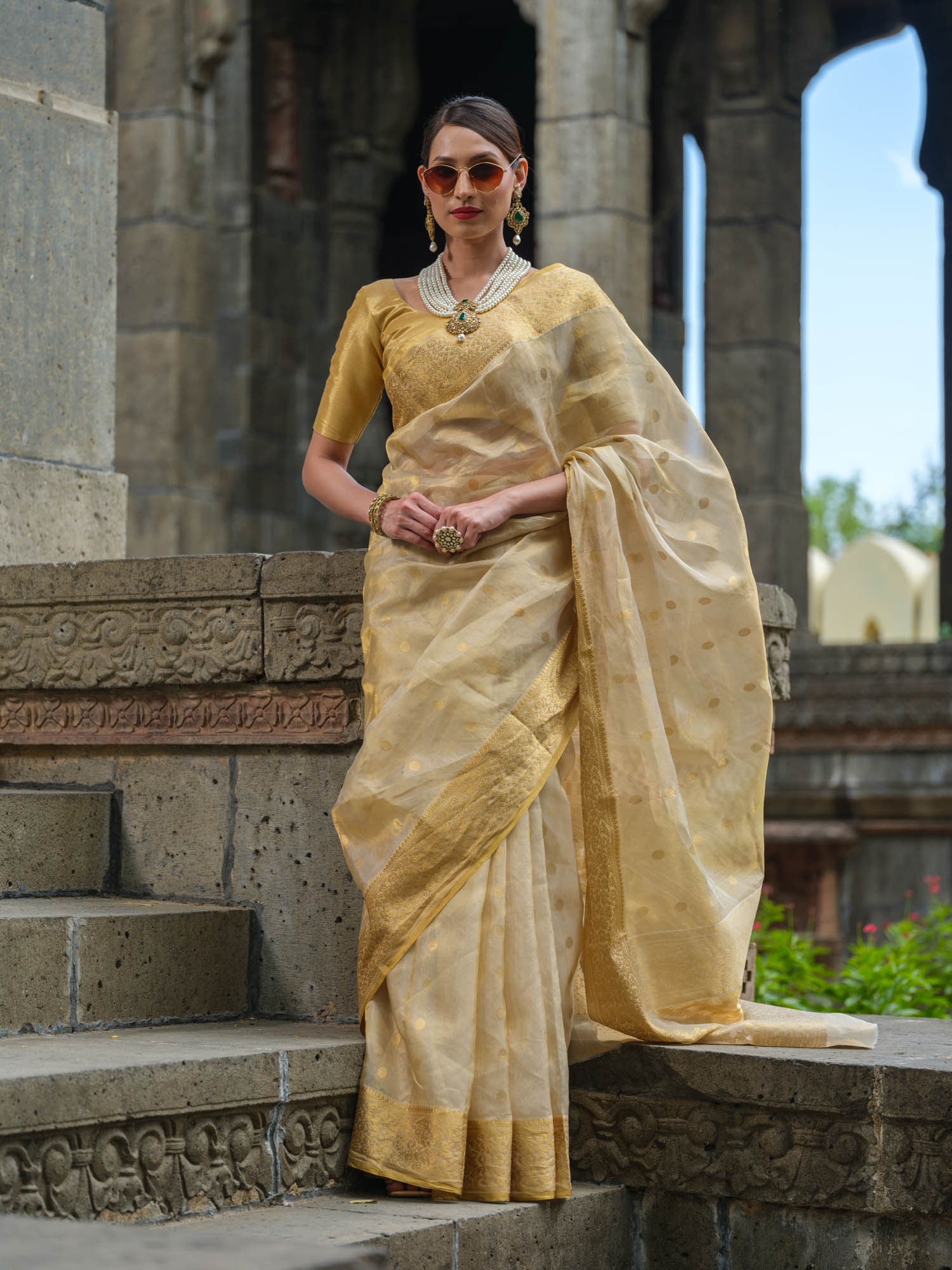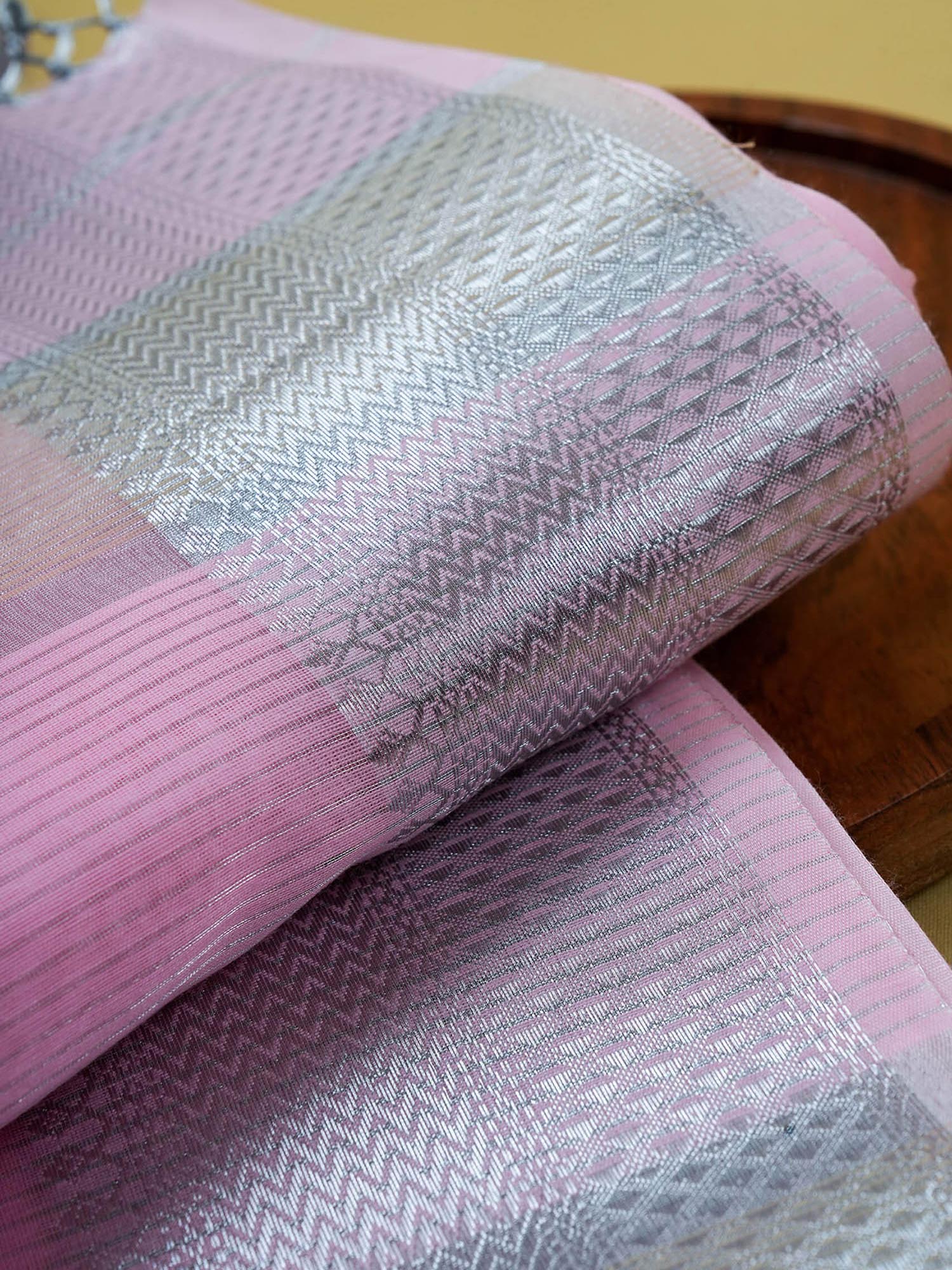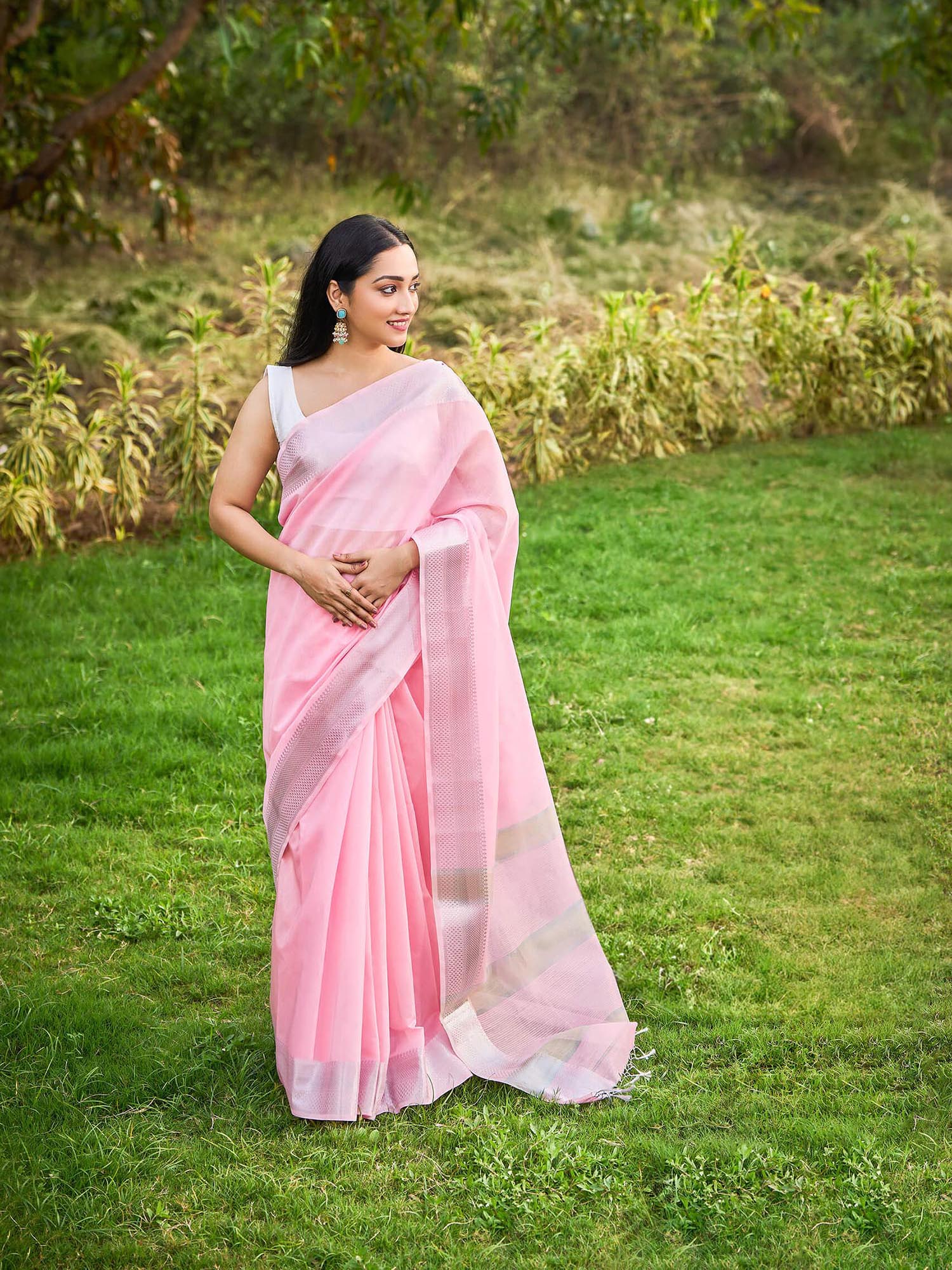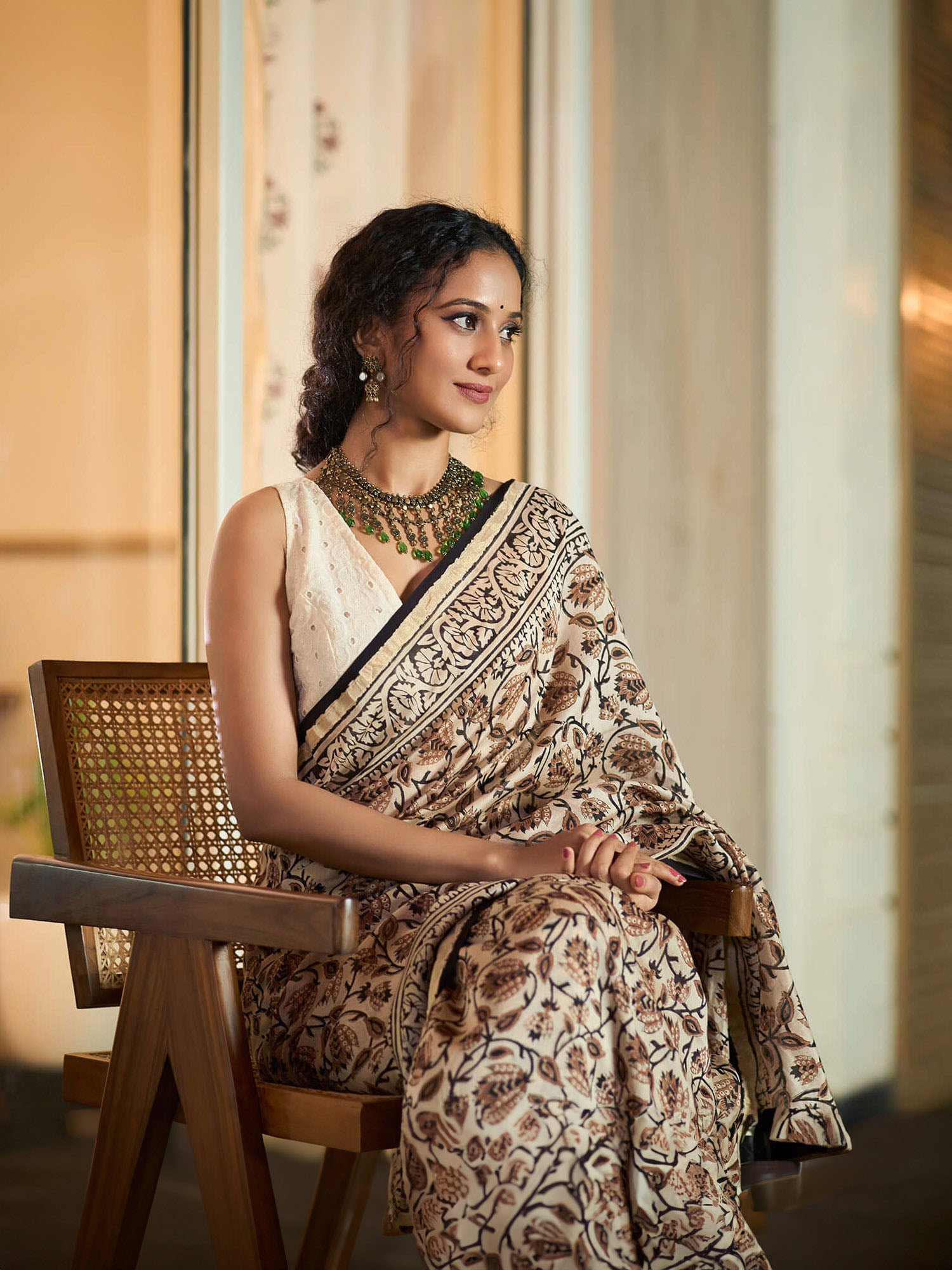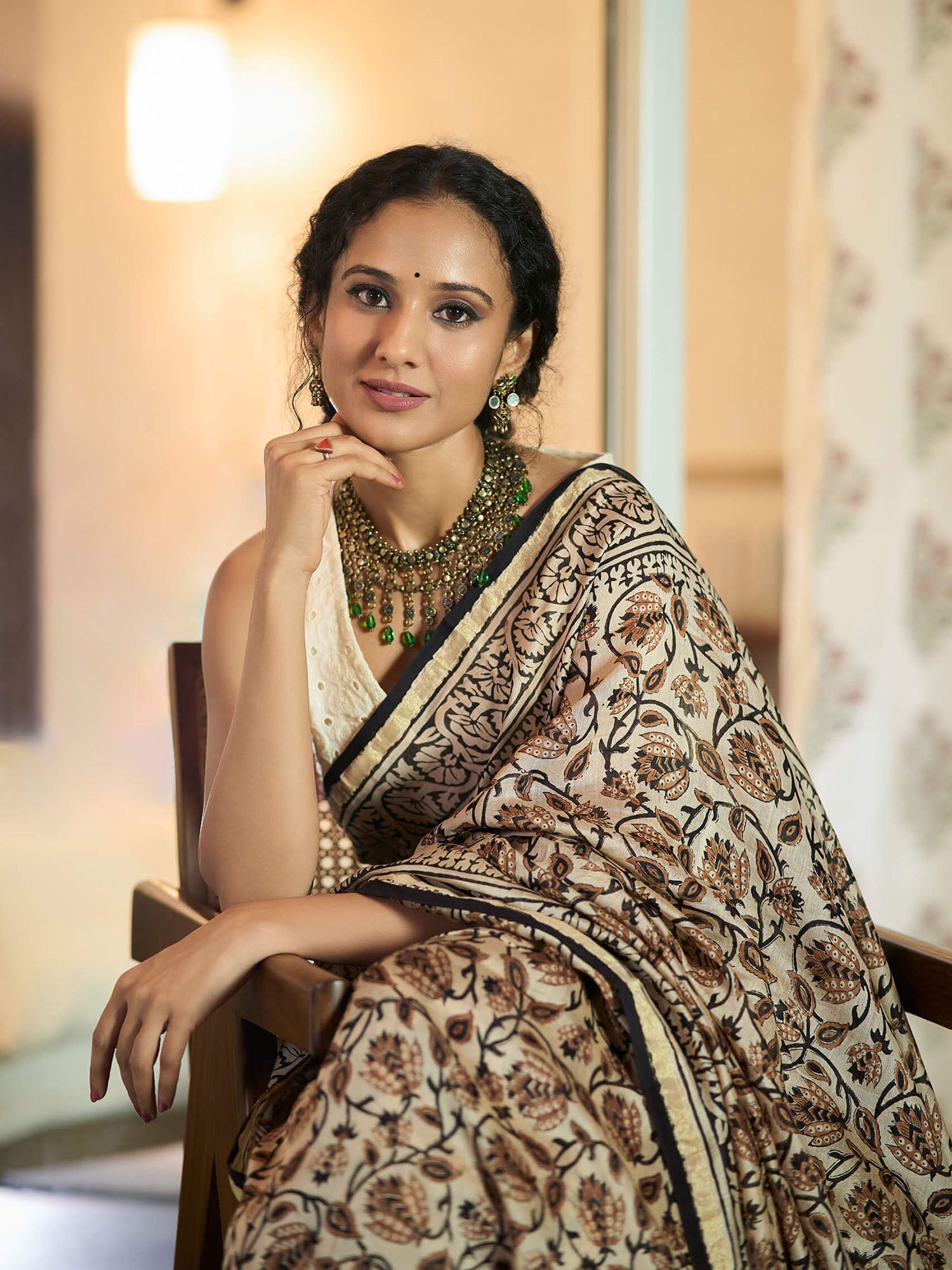Indian handloom, a testament to the country's rich cultural heritage, weaves together not just threads but stories, traditions, and a legacy that has been passed down through generations. This intricate tapestry of heritage weaves is not just a symbol of India's diverse artistry but also a beacon of sustainable fashion. In this exploration, we delve into the heart of Indian handloom, understanding its historical significance, diverse styles, and the profound artisan craftsmanship that makes each piece a unique narrative in itself.
The Essence of Indian Handloom
Handloom weaving in India is a craft as old as the civilization itself. Indian handloom's history dates back to the Indus Valley Civilization, where early evidence of weaving and spinning was discovered. Textiles such as cotton were grown, spun and woven, laying the foundation for a rich tradition that would continue to evolve through the centuries.
Each region of our beautiful and diverse country has its unique style, reflecting its cultural ethos, its way of life. These traditional textiles are more than just fabric; they are a canvas where history, mythology, and art converge. Historically, handloom weaving flourished under the patronage of Indian royalty. Each kingdom and dynasty had its distinct textile tradition, leading to a diverse range of styles across the subcontinent. For instance, the Mughals were instrumental in promoting fine muslin and silk fabrics, while the Vijayanagara Empire was known for its luxurious gold-threaded brocade.
Indian handloom fabrics were highly sought after in ancient trade, with Roman and Egyptian civilizations being notable trade partners. This trade led to cultural exchanges, influencing Indian weaving techniques and designs. The famed Silk Route was not just a trade path but a conveyor of ideas and art, profoundly impacting the evolution of Indian textiles.
The process of creating handloom is labor-intensive, involving numerous steps: from spinning the yarn to setting up the loom and the intricate act of weaving itself. This slow, thoughtful process is a hallmark of sustainable fashion, an antidote to the fast-paced, mass-produced textile industry.
Inspirations Behind Indian Handloom
Nature and Environment : Many Indian handloom patterns and colors are inspired by the local environment. From the vibrant colors of Rajasthan's leheriya to the soothing hues of Kerala's Kasavu, the inspiration is deeply rooted in the natural surroundings and climate of the region.
Religion and Mythology : Religious and mythological themes are commonly woven into Indian textiles. For instance, the motifs in Kancheepuram sarees often include mythological stories and images of gods and goddesses, reflecting the deeply religious culture of the region.
Historical and Architectural Influence : Many handloom designs are influenced by India’s rich architectural heritage. The intricate jaali work of Mughal architecture, for example, can be seen mirrored in some handloom patterns.
Historical Movements and Revival
Indian handloom has seen various historical movements that have significantly contributed to its preservation and promotion. The Swadeshi Movement, part of the Indian independence struggle, was pivotal in reviving traditional textiles and handloom as symbols of national identity and resistance against colonial imports. In recent years, initiatives by the Government of India and various NGOs have helped in preserving these heritage weaves. The involvement of fashion designers in bringing traditional textiles into mainstream fashion has also played a crucial role in promoting Indian handloom as a choice of sustainable fashion.
The heart and soul of the Indian handloom industry are its artisans and weavers. These skilled craftsmen often come from generations of weavers, with techniques and patterns passed down through families. Their lives are tightly interwoven with the looms they work on, making their craft an intrinsic part of their identity.
Celebrating Diverse Weaves and Styles
- Kancheepuram Silk from Tamil Nadu
Renowned for its durability and lustrous beauty, Kancheepuram silk is a symbol of elegance and tradition. Originating from Tamil Nadu, this handloom variety is famed for its vibrant colors and temple-inspired motifs. The gold and silver zari work on these sarees make them a preferred choice for weddings and special occasions.
- Banarasi Silk from Varanasi
Banarasi silk is a luxurious product of Varanasi's (Banaras) age-old weaving techniques. Known for its opulent designs and fine gold and silver brocade or zari, these sarees are often part of an Indian bride's trousseau.
- Pashmina from Kashmir
Pashmina, the fine type of cashmere wool, is the pride of Kashmir. The delicate and warm Pashmina shawls are hand-spun and woven from the hair of the Changthangi goat. Their softness and warmth embody the artisan craftsmanship of the Kashmiri weavers.
- Patola from Gujarat
Patola, a double ikat weave, is a symbol of luxury and social status in Gujarat. Known for its geometric patterns and bright colors, it involves a resist-dyeing process before the actual weaving, making it a complex and time-intensive craft.
- Chanderi from Madhya Pradesh
Chanderi fabric, originating from a small town in Madhya Pradesh, is known for its sheer texture, light weight, and a glossy transparency. Intricate floral art, peacocks, and geometric designs in this fabric are woven with a mix of silk and cotton.
- Ikat from Odisha and Andhra Pradesh
Ikat, a dyeing technique used to pattern textiles, is prominent in Odisha and Andhra Pradesh. Its uniqueness lies in the resist dyeing process, which involves binding yarns and dyeing them to create a distinct pattern when woven.
- Maheshwari from Madhya Pradesh
The Maheshwari handloom tradition originated in the 18th century in Maheshwar, a town in Madhya Pradesh. It was during the reign of Queen Ahilyabai Holkar of the Maratha Empire that this exquisite craft was born. The queen invited weavers from Surat and Malwa to design a special saree, which eventually became known as Maheshwari. Maheshwari sarees are characterized by their lightweight, elegant and sheer texture, making them suitable for the warm climate of the region. They are primarily made of silk and cotton, blended in varying proportions. The borders of Maheshwari sarees are unique, often reversible, which is a distinctive feature known as 'Bugdi', allowing it to be worn on both sides.
The Future of Indian Handloom
As the world moves towards more sustainable and eco-friendly fashion choices, Indian handloom stands at a promising juncture. With its rich heritage, unparalleled artisan craftsmanship, and sustainable practices, these traditional textiles are more than just a fashion statement; they are a narrative of India's rich cultural past and a testament to its sustainable future.
The journey through the rich tapestry of Indian handloom heritage is not just about appreciating the beauty of these textiles but also understanding the stories, the hard work, and the tradition that goes into making each piece. It's about recognizing the value of sustainable fashion and the role of artisan craftsmanship in preserving our cultural heritage. As we wrap ourselves in these traditional textiles, we don't just carry a piece of fabric but a piece of history, a piece of India.
